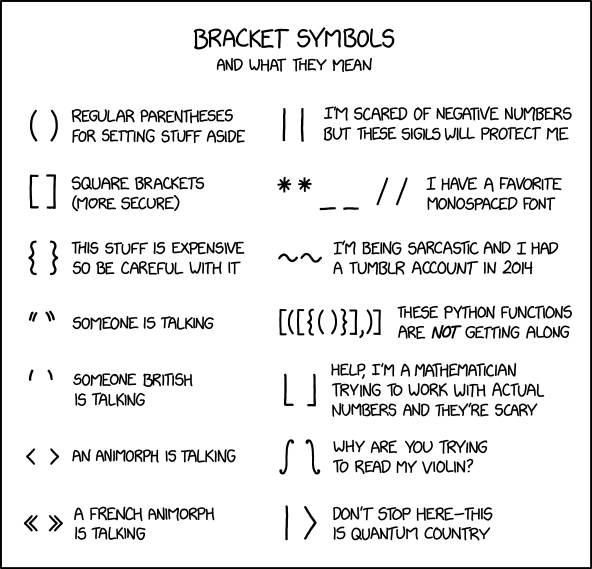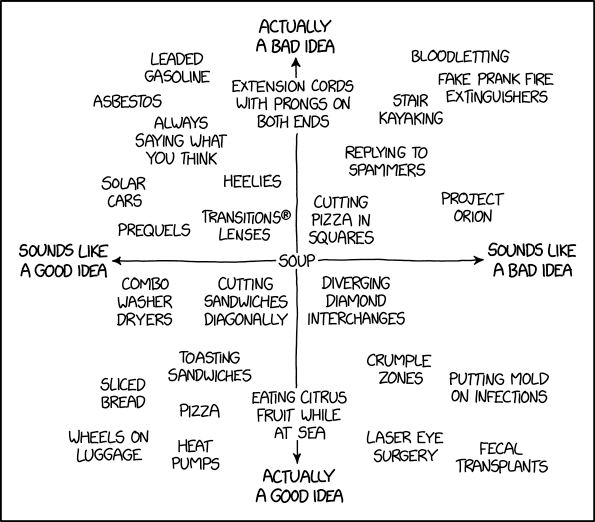I’ll link first to The Verge’s “Everything Announced at Meta Connect 2024” roundup because Meta still hasn’t posted today’s keynote address on YouTube; best I’ve found is this recording of the livestream, starting around the 43m:20s mark. I watched most of the keynote live and found it engaging. Just 45 minutes long — partly because it was information dense, and partly because Mark Zuckerberg hosted the entire thing himself. He seems very comfortable, confident, and natural lately. Nothing slows an on-stage keynote down more than a parade of VPs. There was clearly no political infighting at Meta for stage time in this keynote. The keynote was Zuck’s, and because of that, it was punchy and brisk.
In terms of actual products that will actually ship, Meta announced the $300 Quest 3S. That’s more than an entire order of magnitude lower-priced than Vision Pro. Vision Pro might be more than 10× more capable than Quest 3S, but I’m not sure it’s 10× better for just playing games and watching movies, which might be the only things people want to do with headsets at the moment. They also launched a 7,500-unit limited edition of their $430 actually-somewhat-popular Ray-Ban Wayfarer “smart” glasses made with translucent plastic, iMac-style. It’s been a while since someone made a “look at the insides” consumer device. That’s fun, and a little quirky, too.
The big reveal was Orion, a working prototype of see-through AR glasses. Meta themselves are describing them as a “dev kit”, but not only are they not available for purchase, they’re not available, period. They’re internal prototypes for Meta’s own developers, not outside developers. They do seem interesting, for a demo, and I’m hearing from our Dithering correspondent on the scene in Menlo Park that using them is genuinely compelling. There can be no argument that actual glasses are the form factor for AR.
The Verge’s Alex Heath opened his piece on Orion today with this line:
They look almost like a normal pair of glasses.
That’s stretching the meaning of “almost” to a breaking point. I’d say they look vaguely kinda-sorta like a pair of normal glasses. Both the frames (super chunky) and the lenses (thick, prismatic, at times glowing) are conspicuous. They look orthopedic, like glasses intended to aid people whose vision is so low they’re legally blind. It really is true that Meta’s Ray-Ban Wayfarers are nearly indistinguishable from just plain Wayfarers. Orion isn’t like that at all. If you went out in public with these — which you can’t, because they’re internal prototypes — everyone would notice that you’re wearing some sort of tech glasses, or perhaps think you walked out of a movie theater without returning the 3D goggles. But: you could wear them in public if you wanted to, and unlike going out in public wearing a VR headset, you’d just look like a nerd, not a jackass. They’re close to something. But how close to something that would actually matter, especially price-wise, is debatable. From Heath’s report:
As Meta’s executives retell it, the decision to shelve Orion mostly came down to the device’s astronomical cost to build, which is in the ballpark of $10,000 per unit. Most of that cost is due to how difficult and expensive it is to reliably manufacture the silicon carbide lenses. When it started designing Orion, Meta expected the material to become more commonly used across the industry and therefore cheaper, but that didn’t happen.
“You can’t imagine how horrible the yields are,” says Meta CTO Andrew Bosworth of the lenses. Instead, the company pivoted to making about 1,000 pairs of the Orion glasses for internal development and external demos.
Snap recently unveiled their new Spectacles, which they’re leasing, not selling, for $1,200 per year. Snap’s Spectacles are so chunky they make Orion look inconspicuous in comparison. But the race to bring AR glasses to market is clearly on.
See Also: Heath’s interview with Zuckerberg for Decoder.
Next-Day Addendum: I woke up this morning with the following competitive back-and-forth in my head:
- Facebook ships VR headsets and a software platform with an emphasis so strong on “the metaverse” that they rename the company Meta.
- Apple announces, and then 7 months later ships, Vision Pro with a two-fold message in comparison: (a) the “metaverse” thing is so stupid they won’t even use the term; (b) overwhelmingly superior resolution and experiential quality. Consumer response, however, is underwhelming.
- Meta drops the “metaverse” thing and previews Orion, effectively declaring that they think VR headsets are the wrong thing to build to create the product that defines the next breakthrough step change in personal computing. AR glasses, not VR headsets, are the goal.
It’s a lot of back-and-forth volleying, which is what makes the early years of a new device frontier exciting and highly uncertain. Big bold ideas get tried out, and most of them wind up as dead ends to abandon. Compare and contrast to where we’ve been with laptops for the last 20 years, or the pinnacle we appear to have reached in recent years with phones.

/cdn.vox-cdn.com/uploads/chorus_asset/file/25551281/GettyImages_1988745446.jpg) Bloomberg
Bloomberg

